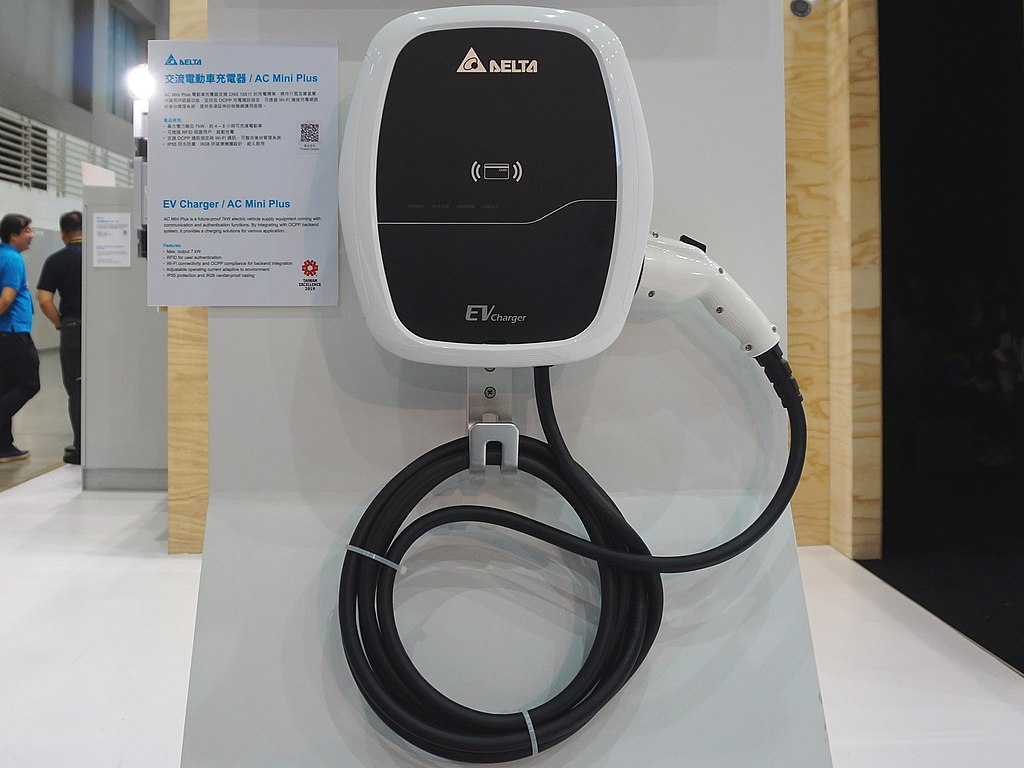There are clearly many more private charging stations for electric cars in Germany than the grid operators are aware of. However, the utilities fear major challenges, because they have to adapt their infrastructure to electric charging. The highest density of e-cars, and thus of unregistered charging stations, is probably in the better residential areas of high-income earners.
How great is the risk of grid overload from charging stations for electric cars?
The electricity grid is unlikely to collapse in the foreseeable future due to the refuelling of electric cars. This has already been determined by the electricity industry association Eurelectric and the consultants from Ernst & Young in a joint study. According to this study, the European electricity network could also supply a significantly higher number of charging stations for e-cars. However, it must prepare for this with infrastructural measures. It is important to know the number and locations of private charging stations. However, this is exactly what is lacking, as the energy suppliers explain.

Image: Solomon203, CC BY-SA 4.0, via Wikimedia Commons
Only ~30 % of private charging stations for electric cars are reported
The Handelsblatt spoke to EWE manager Markus Joachim Schirmer about the problem. EWE is Germany’s fifth-largest energy supplier. Schirmer confirmed to journalists that there is a “high number of unreported cases” of private charging stations for electric cars. In the network area of his company, only about 10,000 charging stations are registered, but a total of about 30,000 charging stations are assumed to exist. The utilities can estimate this on the basis of typical electricity peaks and other data. This is counterproductive for the power grid for several reasons: When many e-car drivers charge their cars at the same time, high currents are generated that require local reinforcement of the power grid. Therefore, new cable laying with larger cross-sections is often necessary there.
The EWE technicians noticed these power peaks in more affluent neighbourhoods and streets that they derisively call “dentist avenues”. The network operators cannot assess how high the infrastructural pent-up demand really is if the charging stations are not reported. That is only one of the problems. Another is the distribution of the electricity. For this, the power grid of the future must become smarter so that it can better distribute the loads. For example, it would be possible for e-cars in the collective garage of the residential area in question to be connected to their wallboxes at around the same time in the evening, but to be charged one after the other.
If the wallboxes are known, this can be set up technically. The owners would usually not even notice, because modern batteries of electric cars no longer need to be charged for eight to ten hours. As a rule, two to three hours are enough. In the morning, all batteries are then full. However, if all charging processes start at the same time, charging will take much longer and might not be completed in the morning. Owners would therefore be doing themselves a favour by reporting their charging station to the utility company.
Is the problem widespread?
Possibly they do, as the journalists’ research revealed, but perhaps not all energy suppliers notice. Another report on the matter came from E.ON. The engineers there confirmed the observations of their colleagues at EWE. On the other hand, there is no central office in Germany that checks the registration of private charging stations. This is astonishing, because registration is required by law. Up to a rated power of 12 kVA, charging stations must be registered; for higher power, they even require approval by the grid operator. The obligation to register was already introduced in 2019. For lack of sufficient communication, this is apparently little known among the population. Even more frequently, the service provider who installed and connected the wallbox probably told the customer that he would take care of the registration – but in practice he failed to do so. Other control options, for example through KfW, which promotes wallboxes and therefore actually has data on them, are not used.
Bottom line
The problem needs to be addressed, because today homes are already compulsorily built with a wallbox in the garage, even if the family does not yet drive an e-car. At some point, the many charging stations in the country will suddenly draw power and encounter an unprepared infrastructure. Then the grid could really collapse one day.
